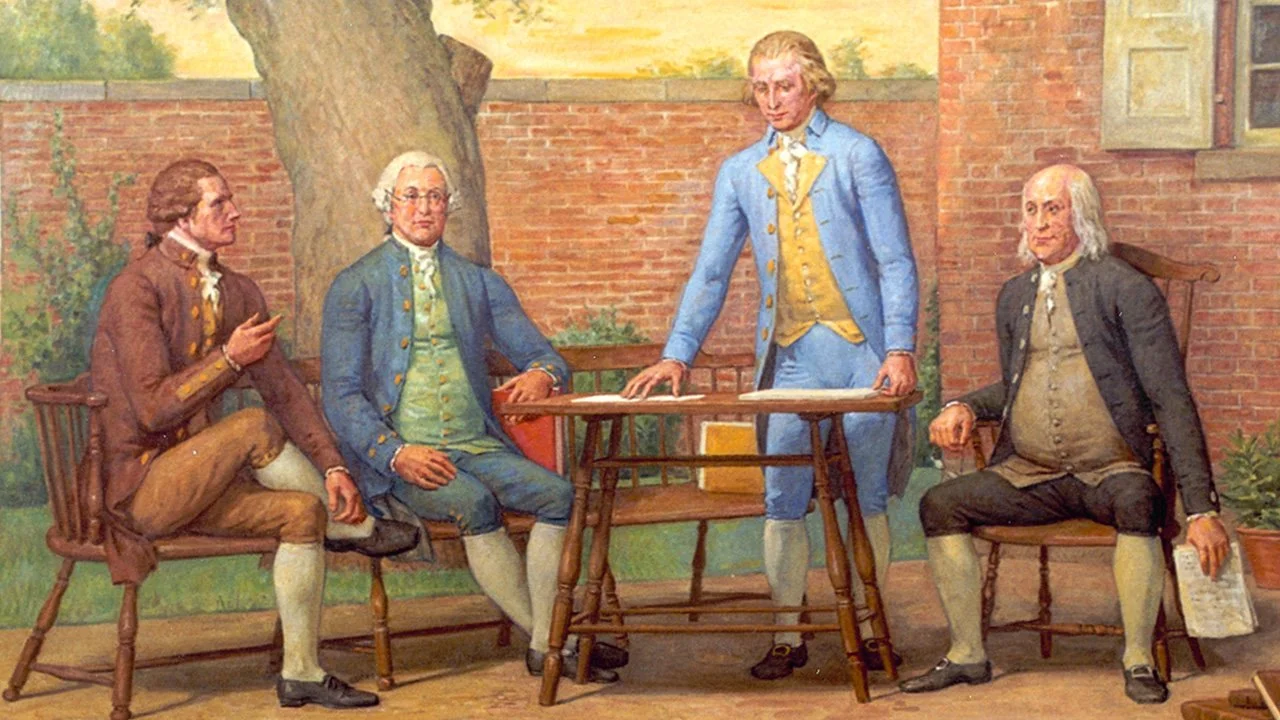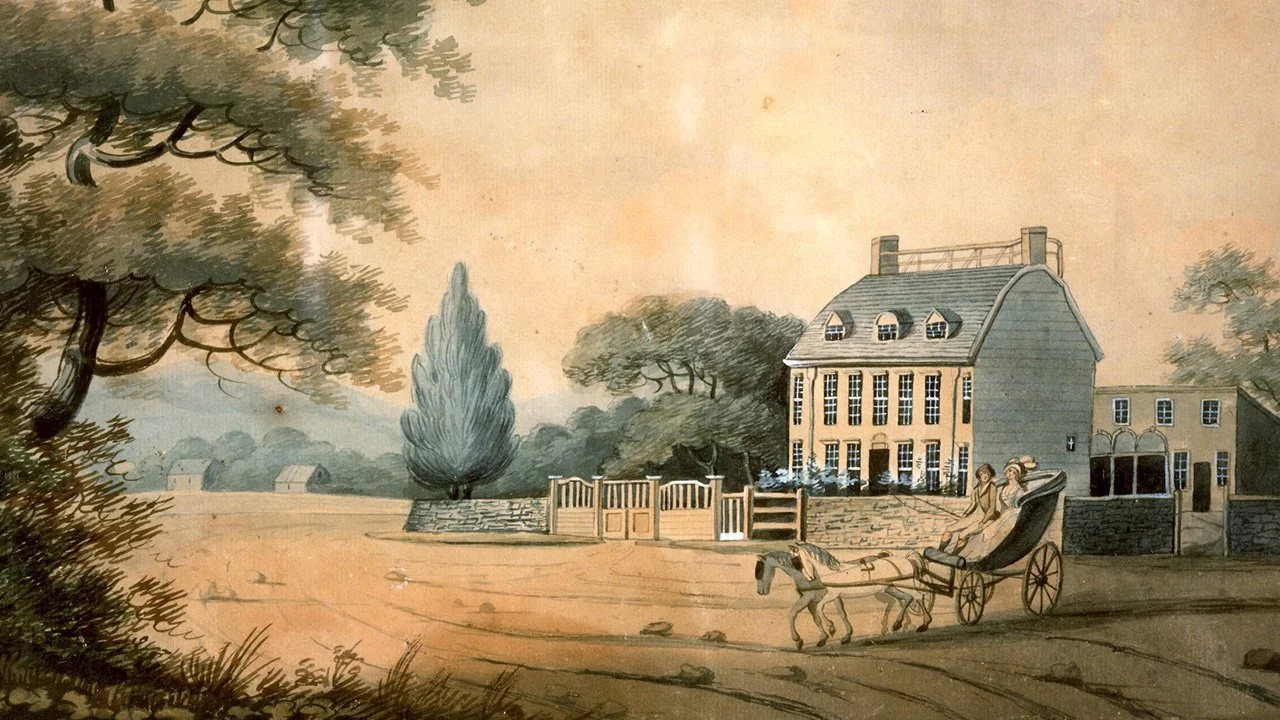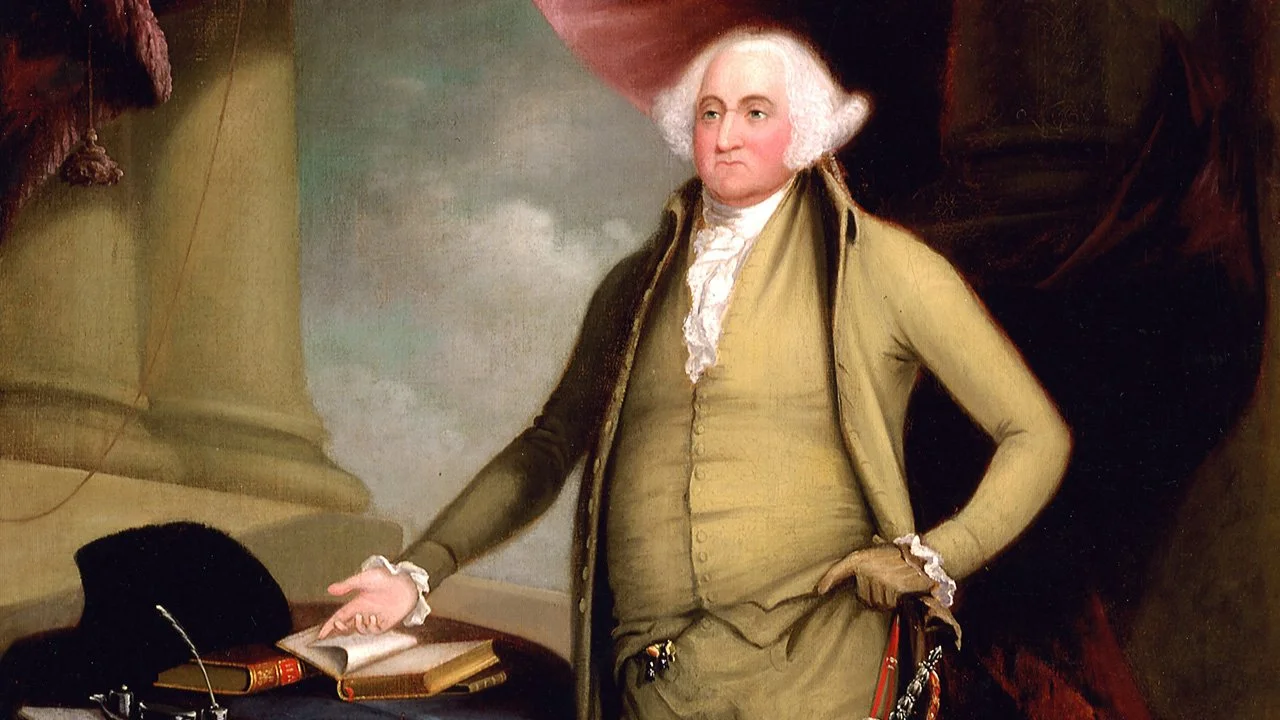The Slavery Question at the Constitutional Convention
One of the most troublesome questions at the Constitutional Convention was what to do about slavery. Not whether it should be abolished by the new Constitution, but whether slaves would be counted in the census and if the states or the central government would control the institution and what that control would look like. All delegates recognized the terrible inconsistency between slavery and the words expressed in our Declaration of Independence. But they understood the task at hand was to create a new form of national government that could prosper under the conditions that existed. Most importantly, the fact remained that the southern states were not ready to completely let it go and, as John Rutledge from South Carolina stated, the true question was “whether the southern states shall or shall not be part of the Union.”
Key Debates at the Constitutional Convention
On May 29, 1787, Edmund Randolph from Virginia introduced fifteen resolutions to the Constitutional Convention. Known as the Virginia Resolves or the Virginia Plan, Randolph’s proposal outlined an entirely new national government, including a strong executive, a two-house legislature, and an independent judiciary. It would be the basis for discussion at the convention for the rest of the summer.
The Federal Convention Opens
Under the Articles of Confederation, Congress lacked the authority to raise an army without the approval of the states, all treaties had to be unanimously approved, and most importantly, Congress did not have the power to levy taxes. Congress decided to hold a convention of all states in Philadelphia to review how to fix these and other issues. To add credibility to the convention, the primary organizers, James Madison and Alexander Hamilton, felt it was critical for George Washington to attend. Washington reluctantly agreed to represent Virginia at the gathering, and was unanimously chosen to preside over the convention, which began on May 25, 1787 in Philadelphia.
Ben Franklin Influences Constitutional Convention
Ben Franklin returned to America in September 1785 having been away for eight years. The nation to which he returned was struggling under the Articles of Confederation, and consequently, a convention was called to address these issues. Pennsylvania named Franklin as one of their delegates. Despite being 81 years old and in poor health, Franklin willing gave his services to America.
The Great Seal of the United States
The work to create our Great Seal began on July 4, 1776, when Congress formed a committee including Benjamin Franklin, John Adams, and Thomas Jefferson to design an official seal for our new country. It took three committees and Charles Thompson, secretary of Congress, six years to come up with the final design!
The Quasi-War and Its Aftermath
In 1798, calls for war with France were rising and there was concern about a possible French invasion. The existing US Army comprised about 3,000 men, not nearly adequate to defend our borders. Congress reluctantly agreed to create a 10,000 soldier “provisional” force and President John Adams nominated George Washington to lead it. Despite being unprepared at the outset of the Quasi-War, the United States quickly responded and acquitted itself well.
Escalating Tensions with France Lead to Quasi-War
The Quasi-War was an undeclared war between France and the United States, fought in the Caribbean and along the southern coast of America, between 1798 and 1800. President John Adams, wanting to maintain our neutrality, refused to declare war but recognized the need to rebuild our navy, which had been disbanded after the American Revolution.
Relations with France Fall Apart
America’s first armed conflict after the American Revolution was a mostly forgotten fight with France called the Quasi-War and was the culmination of a series of disagreements with our former ally.
The Inspiring Legacy of John Adams
John Adams lost the Presidential election of 1800 to Thomas Jefferson after a bitter fight. Adams, a critical player in practically every major event of our nation’s formative years, retired to Quincy, Massachusetts, where he spent his time working his farm and staying out of politics.
The Presidency of John Adams
John Adams faced many difficulties during his presidency, including a vice president from an opposing party trying to undermine his administration and rising tensions with France.
John Adams and the Presidential Election of 1796
The election of 1796 was America’s first contested presidential election. With George Washington’s retirement, the electorate split into two camps. Under the original rules of the Constitution, the top vote getter, John Adams, a Federalist, was declared President and the second highest, Thomas Jefferson, a Democratic-Republican, was named Vice President.
John Adams, Our First Vice President
In the first Presidential election, the Electoral College met on February 4, 1789, and unanimously selected George Washington as President. The second highest vote getter was John Adams, thus becoming America’s first Vice President.
America’s “Era of Good Feelings” Comes to an End
From 1800-1824, the Democratic-Republicans dominated the American political landscape like no party has ever done, making America essentially a one-party country. This period of unity and dominance came to a crashing halt with the bitter Presidential election of 1824.
Political Unity During Our Founding Era
From the First Continental Congress in 1774 until the election of 1824, America was more politically united than at any other time in our nation’s history. While there were differences of opinion, the Founders had a common goal of gaining our independence from England. Only after England was defeated and the new Constitution took effect did their unity begin to splinter.
The Newburgh Conspiracy, Part 3: George Washington Upholds Revolutionary Principles
The Newburgh Conspiracy represents a time when our nation came closest to deviating from our core revolutionary principles of representative government with civilian control of the military. Only George Washington’s steady and unselfish leadership on March 15, 1783, when he calmed the discontent of Continental Army soldiers, prevented this devastating event from happening.
The Newburgh Conspiracy, Part 2: George Washington Averts Mutiny
On March 11, 1783, soldiers were supposed to meet after an anonymous letter circulated through the Continental Army’s encampment at Newburgh encouraging them to take action against Congress and their unfulfilled promises of a pension for the men.
The Newburgh Conspiracy, Part 1: Widespread Unrest at Newburgh Encampment
On March 10, 1783, an anonymous letter circulated through the Continental Army’s encampment at Newburgh encouraging the soldiers take action against Congress, who had begun to waffle on their promise of a lifetime pension of half-pay upon discharge from the service.
Tenth Amendment Guarantees Federalist System of Government
The Tenth Amendment guarantees us a government which divides power between a distant central authority and legislatures closer to home and more in tune with local needs.























